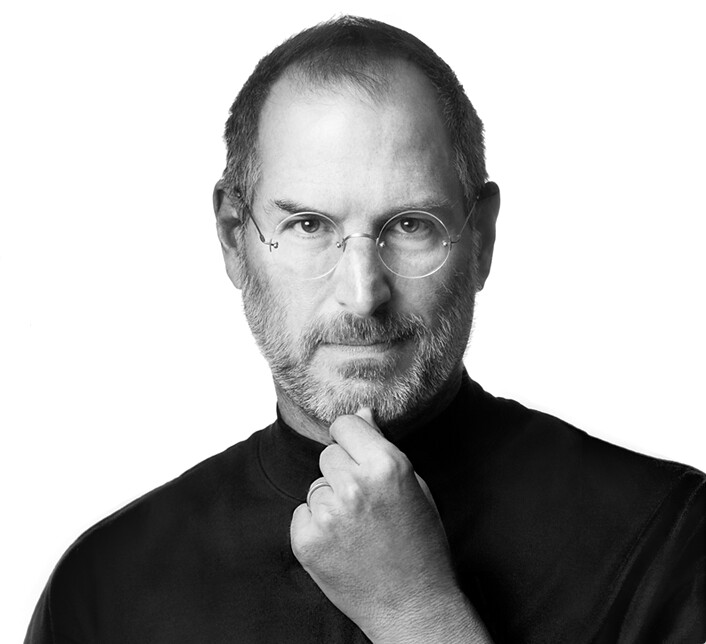Being not able to speak or being fluent in English, a global business language that binds billions of people will certainly lower your confidence and may become a source of humiliation at the work place and business meetings. You might consider this shortcoming as your biggest weakness to professional growth.
However, some dare to defy the set standards of society & business world. Those who have the dream to do something bigger in life, keep their head down, face the challenges with courage and keep working towards the bigger dream.
One such person is Vijay Shekhar Sharma, the founder of PayTM, a $3 billion e-commerce and payments company from India.

Winners do things differently
Vijay Shekhar Sharma was born in the city of Aligarh (UP), India to a humble family. With no bigger life goal than to complete his engineering degree and land up in a job and serve his family, he left Aligarh after completing his schooling to pursue an engineering degree at Delhi College of Engineering.
Vijay entered the Delhi College of Engineering with great enthusiasm and zeal at the age of 15. Vijay who had studied all his life in Hindi medium wasn’t able to understand a word in classroom where lectures were delivered only in English. Even his classmates preferred English to converse. Vijay shifted to back benches to avoid attention and even started to bunk lectures. This was testing time for him but then Vijay decided to take this thing head on and win the battle. He started to read English magazines & dictionaries borrowed from others.
He read lot of English business magazines during his college time. This arouse his curiosity about internet and software.
Entrepreneurship is bed of thorns
Inspired from Yahoo and Sabeer Bhatia, Vijay launched a company named Xs while in college. He along with his batch mates built a website that had web directories, web-guided services and a search engine. Vijay also got seed money from a Angel Investor, a New Mexico-based venture capital fund. Vijay sold the company in 1999 to Living Media India (India Today Group) for half a million dollars. Vijay bought his first color TV with the money and also paid of his father’s loan.
From One97 to PayTM
Vijay co-founded One97 with Rajiv Shukla, a mobile VAS company in 2000. But in 2001 company got hit by post 9/11 market crises. His partner left and Vijay was left with no money. He was forced to travel in buses and even on foot to save money for dinner & tea. He had to take a job amid family pressure to get settled in life. After few months Vijay left the job to get back to entrepreneurship.
Vijay continued with One97 and lunched services like mobile astronomy, music messaging, ringtones etc. and got series A and series B funding.
In 2010, Vijay launched PayTM, an online mobile recharge platform. Vijay in 2011 coined the idea of mobile payments to company board but board wasn’t convinced. But, a confident Vijay offered to put in $2 million of his own equity to launch PayTM. RBI’s approval of semi closed wallet in 2012-13 paved the way for the launch PayTM payment wallet and marketplace. In 2014-15 PayTM secured a funding to the tune $100 million in series A from Alibaba, Alipay and SAIF.
PayTM is now doing an average transactions worth Rupees 30 million on daily basis and is backed by industry legends like Ratan Tata. It has a network of 16,000 online and 10,000 offline registered merchants and is projected to increase to 100,000 merchants. Currently, PayTM is valued at $ 3 billion after the latest funding round of $680 million from Ant Financial of Alibaba. Recently PayTM has launched in-store payments from wallet as well.
With the personal experience of hard achieved success, Vijay refrains to call the staff at his office as employees, he prefers to call them as colleagues or teammates understanding their contribution also towards growth of the company. He also distributed 4% of his equity worth $120 million to his team.
The meteoric success came to Vijay with all his own hard work and sheer determination. Rise of a man with humble background against all odds and hurdles like language, early debacle of business and a reluctant board at One97, he stands as an inspiration and attestation behind the saying “A man makes his own destiny”.
“To the winners, who won because they didn’t give up.”- Vijay Shekhar Sharma




 The company which is vying to turn the idea into reality was established in 2014 as Hyperloop Technologies, Inc. and re-branded in 2016 as Hyperloop One. Hyperloop One got $37 million in funding to build the test track. A recent round of $80 million included France’s railway system SNCF.
The company which is vying to turn the idea into reality was established in 2014 as Hyperloop Technologies, Inc. and re-branded in 2016 as Hyperloop One. Hyperloop One got $37 million in funding to build the test track. A recent round of $80 million included France’s railway system SNCF.